What is CGI in Movies? The Complete Guide (2025 Edition)
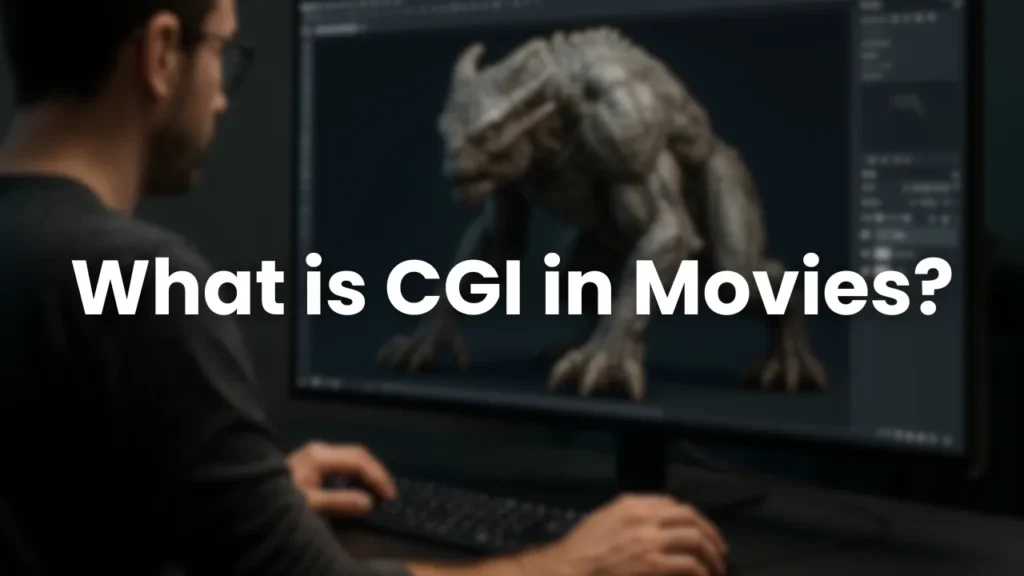
In today’s world of cinema, movies no longer depend only on physical sets, props, and actors to tell extraordinary stories. From flying superheroes to entire alien planets, filmmakers now have a digital canvas — one that lets them create the impossible. This power comes from CGI (computer generated imagery), or Computer-Generated Imagery.
But what is CGI in movies? How does it work? How is it different from VFX or SFX? And how does AI storyboarding fit into this creative process?
This in-depth guide explores everything about computer-generated imagery in film — from its history and process to the technologies and films that changed cinema forever.
Understanding the Meaning of CGI in Movies
CGI, short for Computer-Generated Imagery, refers to the creation of still or animated visual content using computer software. It’s the art of building digital images — whether realistic or stylized — that blend seamlessly into real footage.
In filmmaking, CGI in movies is used to:
- Create environments, creatures, and characters that can’t be built practically.
- Simulate natural phenomena like water, fire, or explosions.
- Enhance or replace live-action footage for creative storytelling.
In short, CGI (computer generated imagery) allows directors to visualize the impossible — bringing imagination to life through pixels, 3D modeling, and animation.
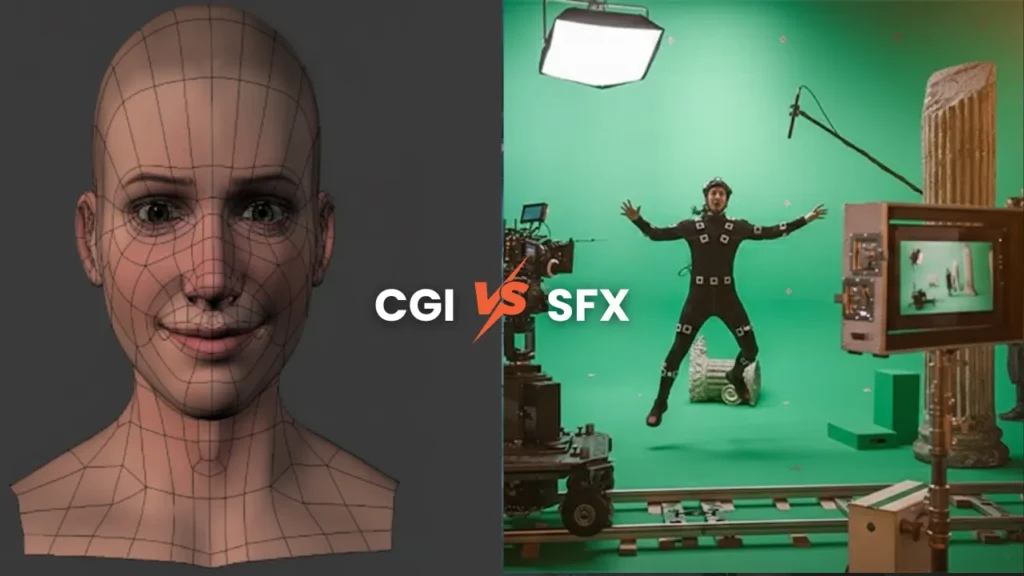
CGI vs. Traditional Special Effects
Before CGI, filmmakers relied on SFX (special effects) — practical effects made on set using props, makeup, miniatures, or animatronics.
For example, in the 1970s, monster movies used rubber suits and models. CGI replaced those with digital creatures rendered in software.
Traditional effects still have charm and realism, but computer-generated imagery allows infinite flexibility. Directors can control lighting, movement, and even camera angles after filming.
A Short History of Computer-Generated Imagery in Film
The journey of computer-generated imagery in film began modestly but quickly evolved into one of the most powerful storytelling tools in cinema.
1970s–1980s: The Birth of CGI
- 1973 – Westworld: The first film to use 2D computer graphics for a robotic vision scene.
- 1982 – Tron: One of the first to create a digital world entirely using CGI.
- 1985 – Young Sherlock Holmes: Featured the first fully computer-generated character — a stained-glass knight.
1990s: The Revolution
- 1993 – Jurassic Park: Spielberg’s team used a combination of animatronics and CGI dinosaurs, shocking audiences with realism never seen before.
- 1995 – Toy Story: Pixar’s milestone as the first full-length CGI-animated film.
2000s–2020s: The Digital Age
- 2009 – Avatar: James Cameron redefined digital filmmaking through motion capture and 3D environments, creating Pandora’s breathtaking world.
- 2019 – The Lion King: Entirely CGI yet photorealistic, merging animation with live-action aesthetics.
- 2022 – Avatar: The Way of Water: Advanced motion capture and real-time rendering pushed CGI boundaries even further.

How CGI Works in Movies
Creating CGI in films involves a complex mix of art, technology, and storytelling. Here’s a breakdown of how it works step-by-step.
1. Concept and Storyboarding
Every great CGI scene starts with an idea — visualized through storyboarding.
Storyboards are sketches or digital illustrations that outline each shot, camera angle, and sequence.
For CGI-heavy films, storyboarding helps:
- Define the visual direction for animators and VFX artists.
- Plan camera movements and timing before digital production starts.
- Align teams working on 3D modeling, animation, and compositing.
Modern studios use digital storyboard software like Murphy, Toon Boom Storyboard Pro, and Blender’s Grease Pencil to map scenes with precision. This ensures every CGI sequence fits perfectly with live-action footage.
2. 3D Modeling
Artists use 3D software (like Maya, Blender, or ZBrush) to sculpt characters, environments, and objects in a digital space.
3. Texturing and Lighting
Textures (surface details) and lighting give the models a realistic look. Skin pores, metal reflections, and water ripples — all depend on accurate texturing and virtual light sources.
4. Animation and Simulation
Characters are animated through motion capture or manual keyframing. Real actors’ movements are recorded and applied to digital models for lifelike motion.
Simulations are also created for physics-based effects like explosions, hair, or fluids.
5. Rendering
Rendering converts the digital 3D scene into 2D images or video frames. It’s a time-intensive process that can take hours or days, depending on complexity.
6. Compositing
Finally, CGI scenes are combined with live-action footage using VFX compositing tools like Nuke or After Effects. Artists match lighting, shadows, and motion so the digital and real worlds appear seamless.
Types of CGI Used in Films
CGI isn’t limited to giant creatures or sci-fi planets. It’s everywhere — often invisible to the audience.

Character CGI
This technology is used to create digital humans or creatures.
Example: Gollum in The Lord of the Rings, Hulk in The Avengers.
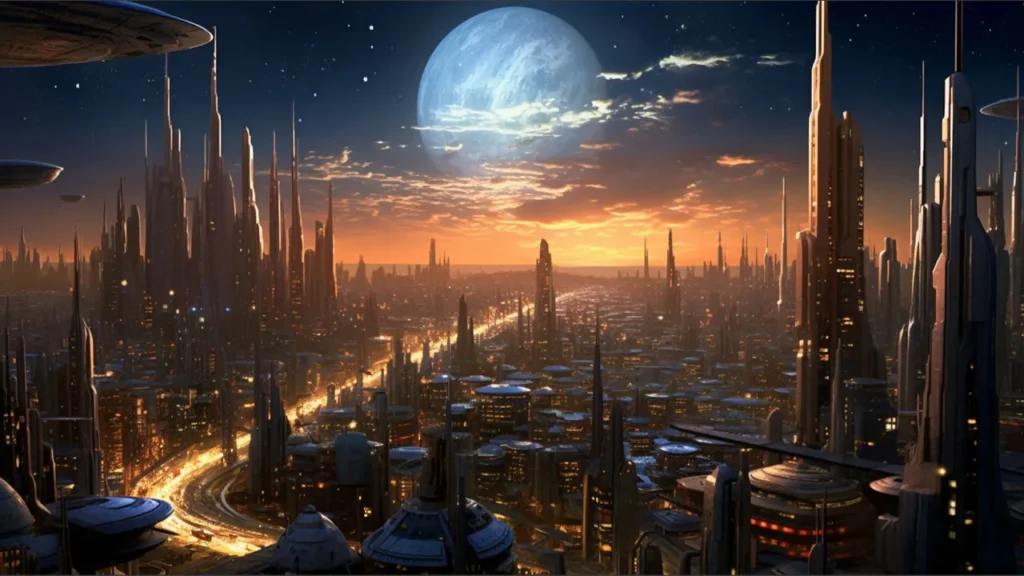
Environment CGI
Entire landscapes or cities are digitally built.
Example: The futuristic city of Coruscant in Star Wars.

Creature & Monster CGI
From dragons to dinosaurs, these CGI elements add scale and wonder.
Example: Dragons in Game of Thrones, dinosaurs in Jurassic Park.
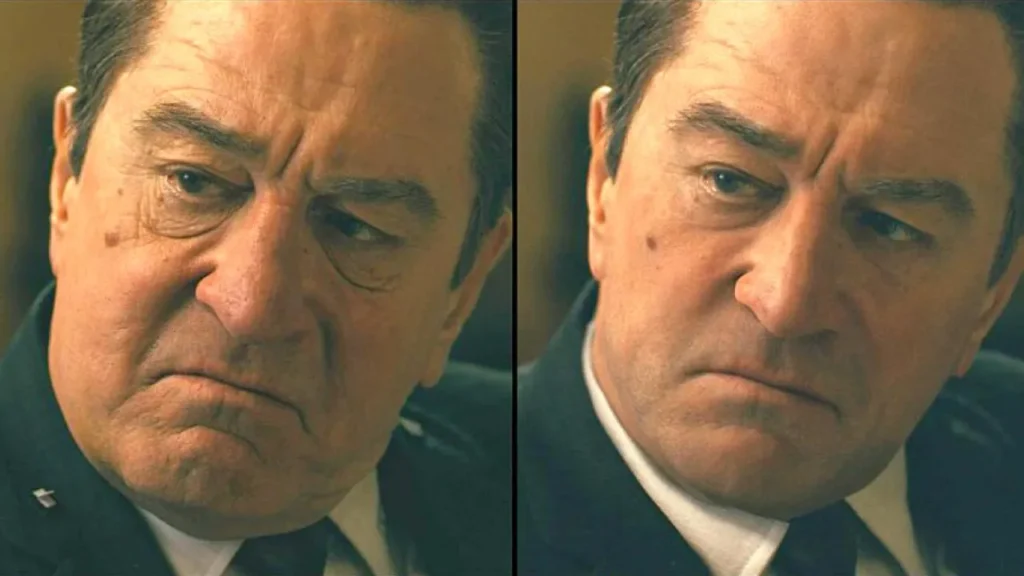
De-aging & Digital Humans
AI-based CGI recreates or rejuvenates actors.
Example: De-aged Robert De Niro in The Irishman.
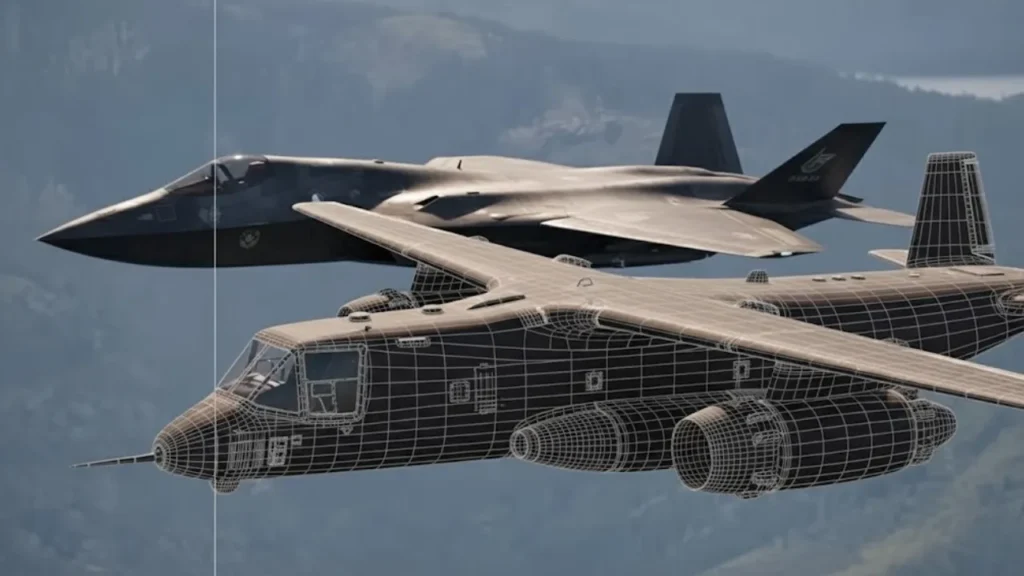
Invisible CGI
Small enhancements you don’t notice — removing wires, extending sets, or fixing color tones.
CGI vs VFX vs SFX — What’s the Difference?
| Feature | CGI | VFX | SFX |
|---|---|---|---|
| Full Form | Computer-Generated Imagery | Visual Effects | Special Effects |
| Definition | Creation of digital images using software | Integration of CGI with real footage | Physical, on-set effects |
| Used For | Characters, environments, creatures | Green screen, compositing | Explosions, props, weather |
| Production Stage | Digital post-production | Post-production | During filming |
| Example Film | Avatar (2009) | Avengers: Endgame (2019) | Titanic (1997) |
In short:
- CGI is digital creation.
- VFX is digital integration.
- SFX is physical reality.
Together, they create movie magic.

When Are CGI, VFX, and SFX Used Together?
Modern films blend all three for realism and spectacle.
Here’s how they complement each other:
- SFX: Real explosions, rain, or practical stunts on set.
- VFX: Composites live-action with green screen or digital backgrounds.
- CGI: Adds creatures, digital doubles, or large-scale environments.
Example: Avengers: Endgame (2019)
- Explosions and debris → SFX
- Green-screen compositing and layering → VFX
- Thanos, battlefields, and portals → CGI
Result: A visually flawless and emotionally powerful sequence.
Famous Movies That Used CGI, VFX & SFX Together
1. Avatar (2009)
James Cameron’s Avatar set a new benchmark for CGI in film. Using motion capture and virtual production, it built the world of Pandora entirely through computer-generated imagery. Real actors’ performances were digitally translated into alien bodies.
2. Jurassic Park (1993)
A groundbreaking fusion of SFX (animatronic dinosaurs) and CGI (digital creatures). It proved digital animals could look and move like real ones.
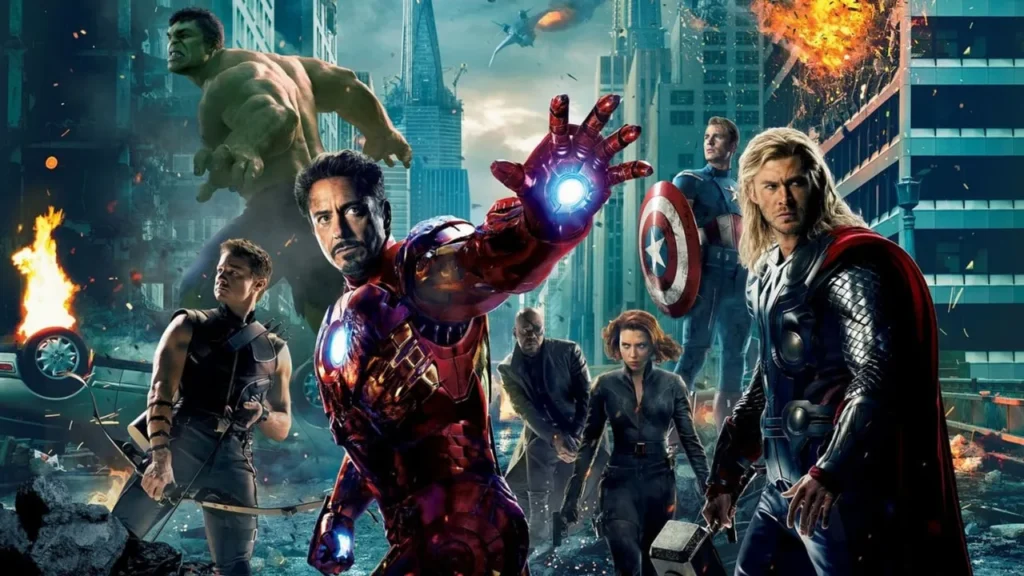
3. The Avengers: Endgame (2019)
Marvel combined CGI, VFX, and SFX for epic battles. Thanos and Iron Man’s suit were CGI, explosions were SFX, and compositing tied everything together.
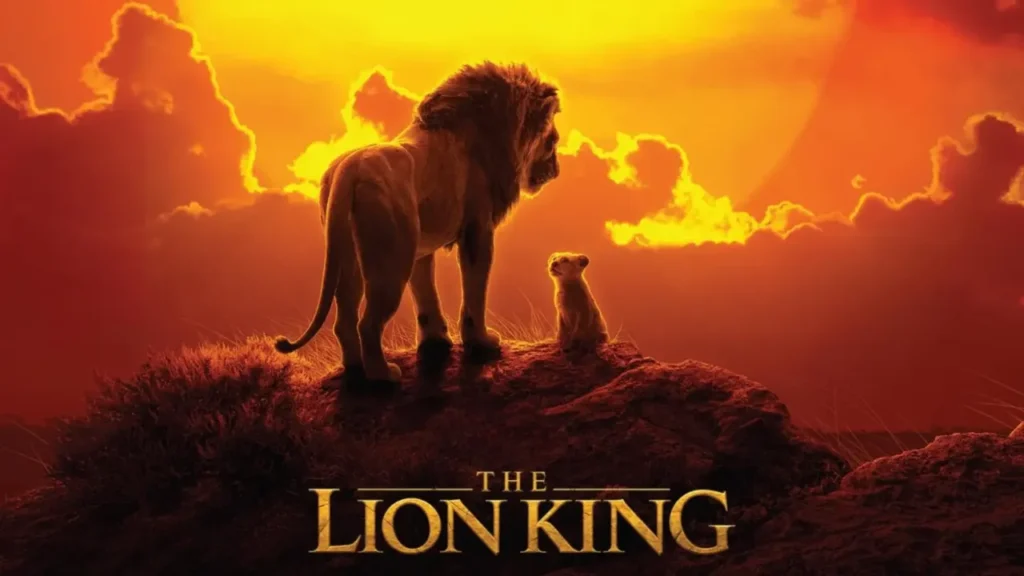
4. The Lion King (2019)
This version used computer-generated imagery for the entire film — no real animals, no sets, just digital photorealism rendered in virtual space.

5. Inception (2010)
Christopher Nolan merged SFX (rotating hallway sets) and CGI (folding cities) to visually represent dreams blending with reality.
The Role of Storyboarding in CGI and Film Production
Before any CGI or VFX work begins, the creative foundation is storyboarding.
Storyboards visually represent how each scene will look, move, and transition. In CGI films, they are essential because:
- They determine camera paths, character motion, and timing.
- Animators can test visual ideas before investing in heavy rendering.
- VFX supervisors plan how live-action will align with digital elements.
In modern filmmaking, digital storyboard software like Murphy, Storyboard Pro, and FrameForge allow artists to:
- Pre-visualize 3D camera angles.
- Add motion and lighting for better accuracy.
- Collaborate remotely with CGI artists.
Essentially, online storyboarding acts as the blueprint that turns imagination into structured visual storytelling.
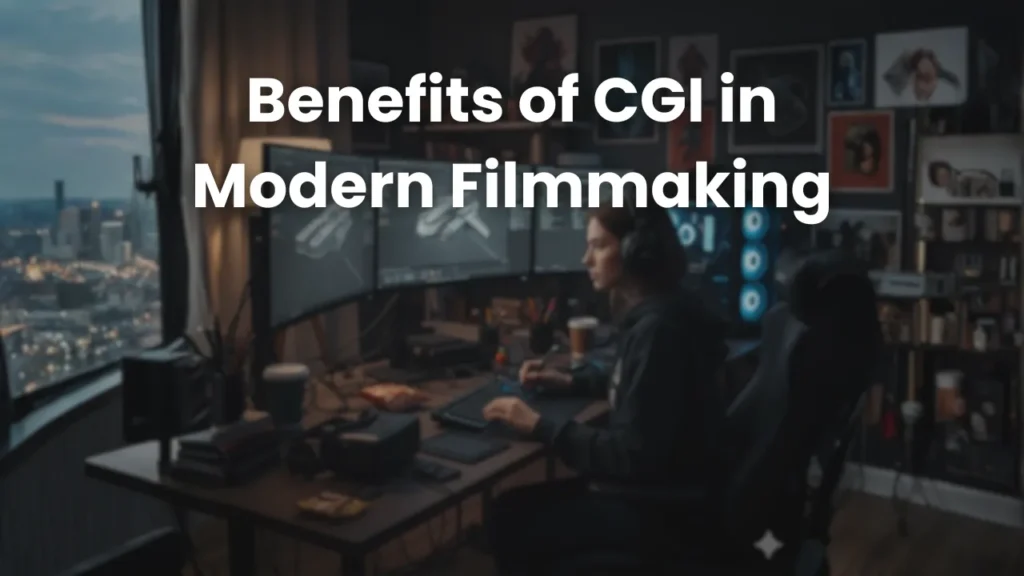
Benefits of CGI in Modern Filmmaking
- Unlimited Creativity: Build entire worlds without physical limits.
- Cost-Efficient for Big Scenes: Simulates large-scale destruction or crowds digitally.
- Safety & Control: Dangerous stunts or weather effects can be simulated safely.
- Realism: CGI can mimic physics, light, and texture accurately.
- Seamless Integration: When paired with VFX and storyboarding, CGI enhances realism without breaking immersion.
Challenges and Limitations of CGI
- High Costs: Rendering detailed CGI scenes demands expensive software and hardware.
- Time-Consuming: Even seconds of footage can take hours or days to render.
- Overuse: Excess CGI can feel artificial or “plastic.”
- Ethical Concerns: Deepfakes and digital resurrections raise moral questions.
- Skill Dependency: Poor CGI work stands out and can ruin immersion.
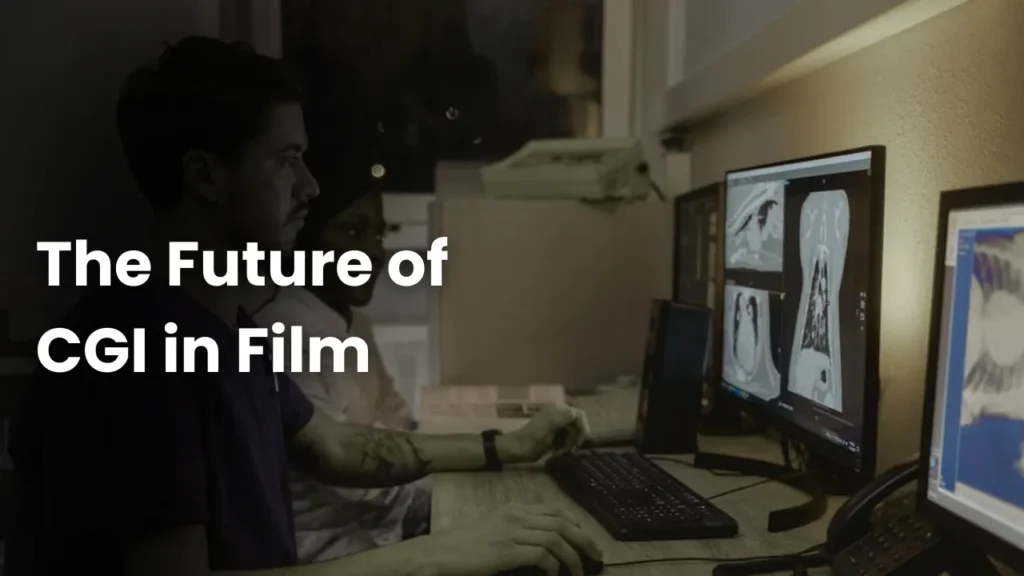
The Future of CGI in Film (2025 and Beyond)
The future of computer-generated imagery in film is driven by innovation, AI, and real-time tools.
Key Trends:
- AI-Enhanced CGI: AI tools help automate modeling, animation, and lighting.
- Real-Time Rendering: Game engines like Unreal Engine allow instant visualization of CGI scenes.
- Virtual Production: Used in The Mandalorian, LED screens display CGI environments live during filming.
- 3D Scanning & Digital Twins: Real actors and sets are scanned for ultra-realistic digital replication.
- AR & VR Integration: The next generation of interactive filmmaking, merging CGI with immersive technology.
The line between reality and computer-generated imagery continues to blur — bringing us closer to lifelike digital storytelling.
Most Asked Questions About What is CGI in Movies
1. What is CGI in movies?
CGI (Computer-Generated Imagery) in movies refers to creating visual content using computer software. It’s used to design environments, characters, and effects that are either too expensive, dangerous, or impossible to film in real life.
2. How does CGI work in movies?
CGI (computer generated imagery) works by combining 3D modeling, animation, and rendering techniques to create digital visuals. These visuals are then integrated into live-action footage using VFX tools to make them look realistic.
3.What was the first movie to use CGI?
The first film to use CGI was Westworld (1973), which featured a 2D computer-generated effect showing a robot’s point of view. Later films like Tron (1982) and Jurassic Park (1993) advanced the use of CGI dramatically.
4. What is the future of CGI in movies?
The future of CGI lies in AI-driven modeling, real-time rendering with Unreal Engine, and virtual production, which blends physical and digital filmmaking in real time.
5.Is CGI Expensive?
Yes, high-quality CGI (computer generated imagery) is often costly due to the advanced software, hardware, and artist time required. However, newer AI tools and real-time rendering engines are reducing costs.
6. Is CGI the same as animation?
Not exactly. CGI refers to computer-generated images, while animation is the process of giving motion to visuals. CGI can be part of animation, but it’s also used in live-action films to enhance real footage.
7. Why is CGI used in films?
Filmmakers use CGI to:
- Create environments or creatures that can’t exist physically
- Enhance realism
- Reduce costs for large-scale effects
- Ensure actor safety during dangerous scenes
8. How long does CGI take to make in a movie?
Depending on complexity, rendering CGI scenes can take hours to weeks per frame or shot. Films with heavy CGI can take months or even years to complete production.
9.What is the difference between CGI, VFX, and SFX?
- CGI (Computer-Generated Imagery): Creation of digital visuals through software.
- VFX (Visual Effects): Integration of CGI with real footage.
- SFX (Special Effects): Physical effects done on set, like explosions or rain.
Conclusion
Computer-generated imagery in film has revolutionized how stories are told. From Westworld’s early graphics to Avatar’s digital worlds, Computer Generated Imagery
has transformed imagination into visual truth.
When combined with storyboarding, VFX, and SFX, it creates films that feel both larger than life and emotionally real.
As technology advances, the possibilities are endless. The next great cinematic universe might not be filmed — it might be rendered.